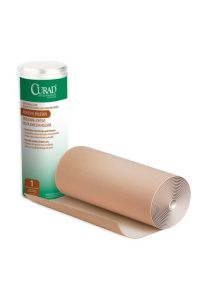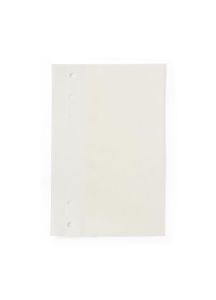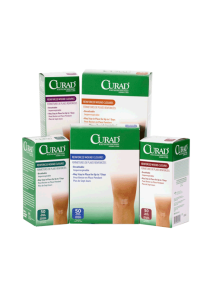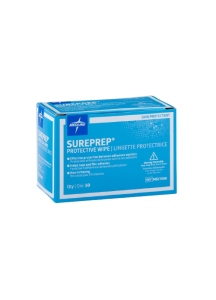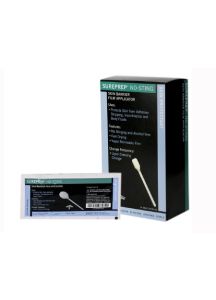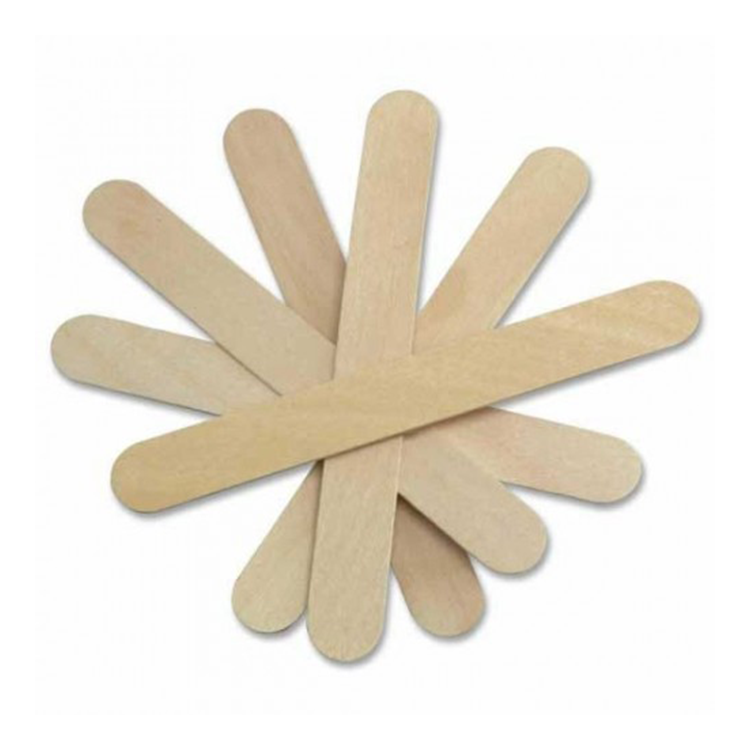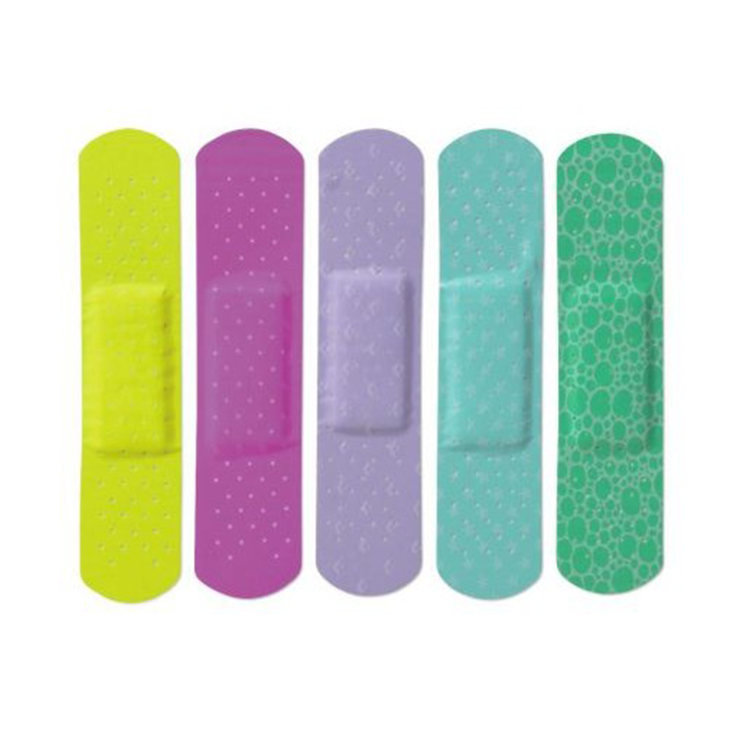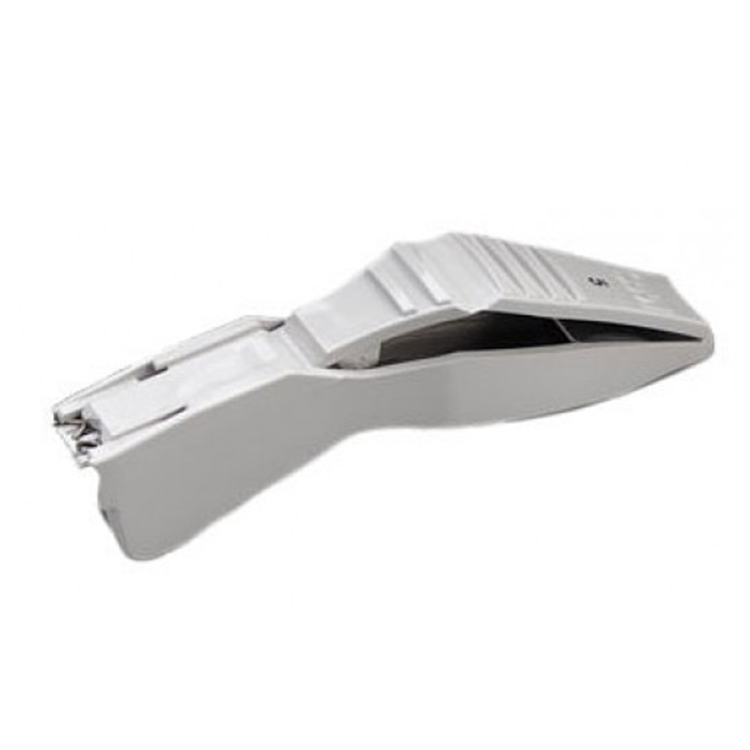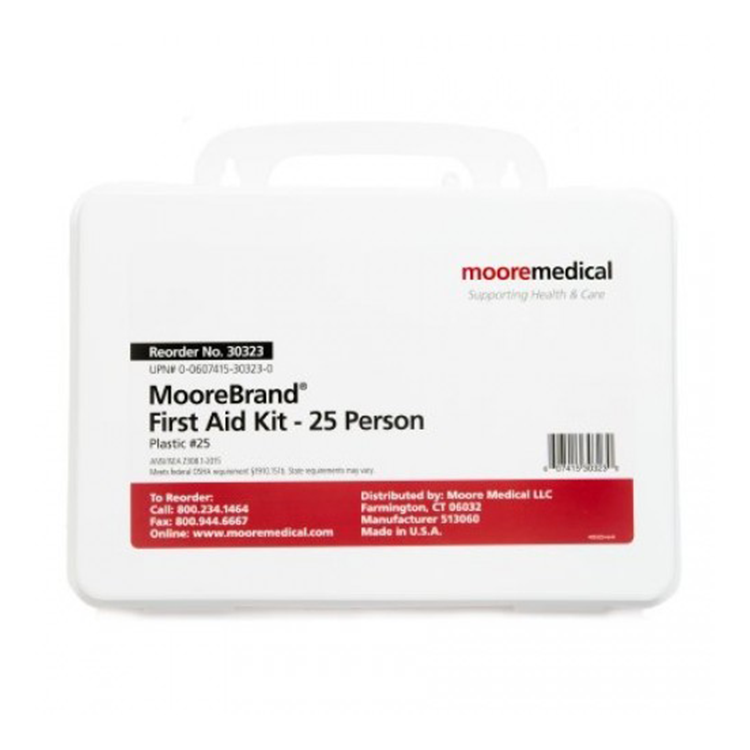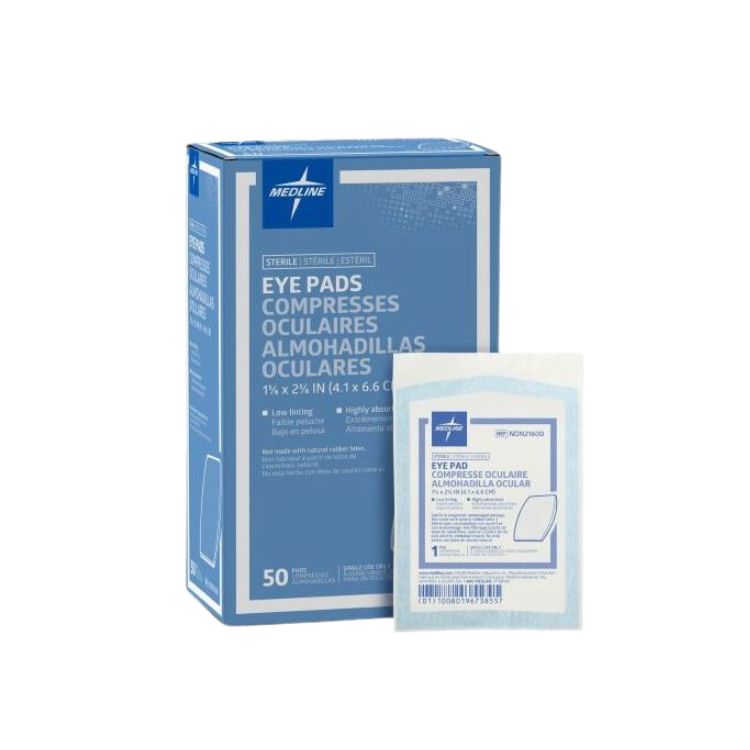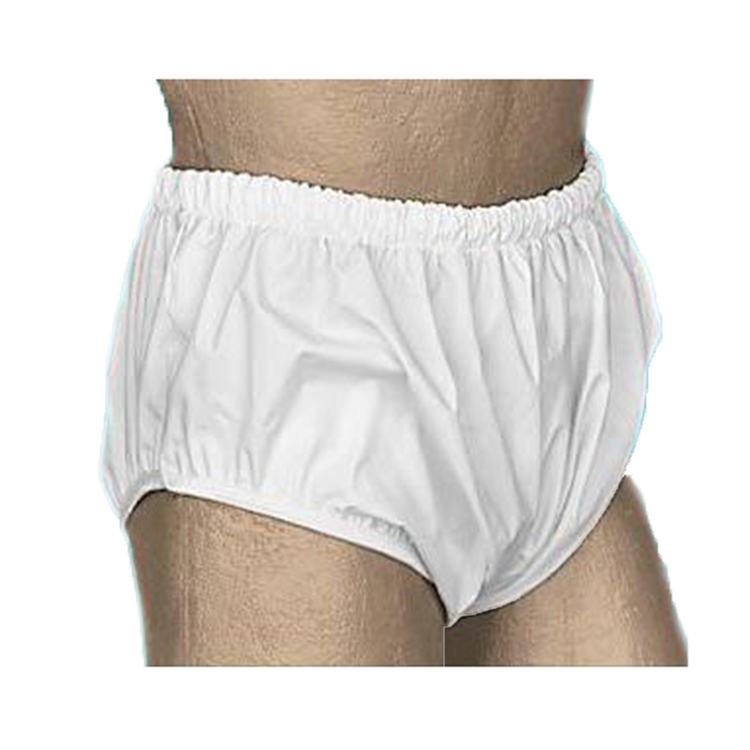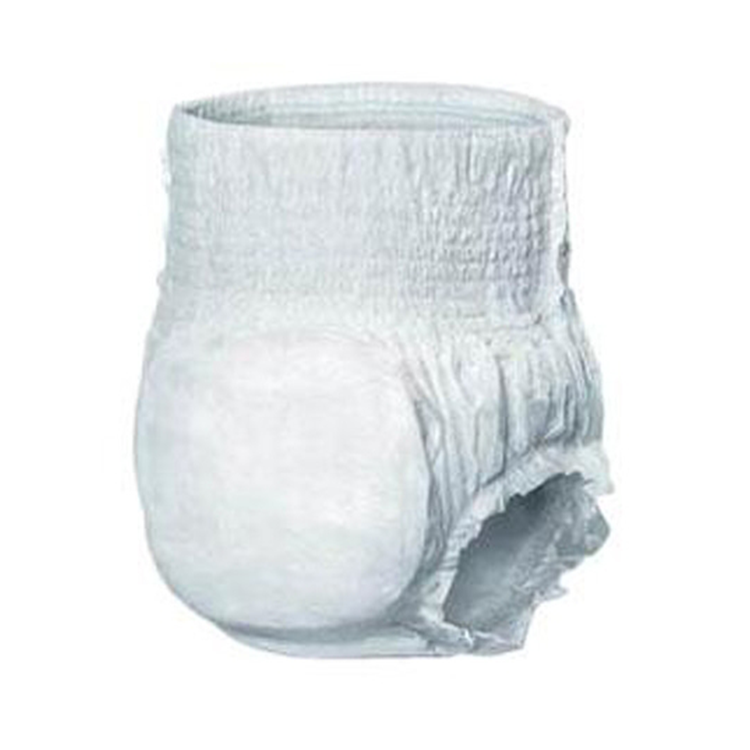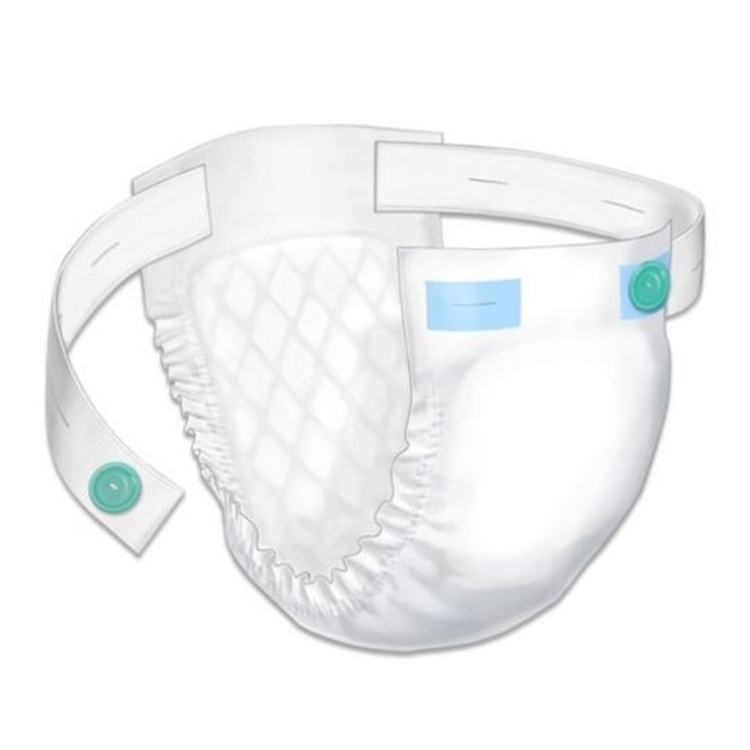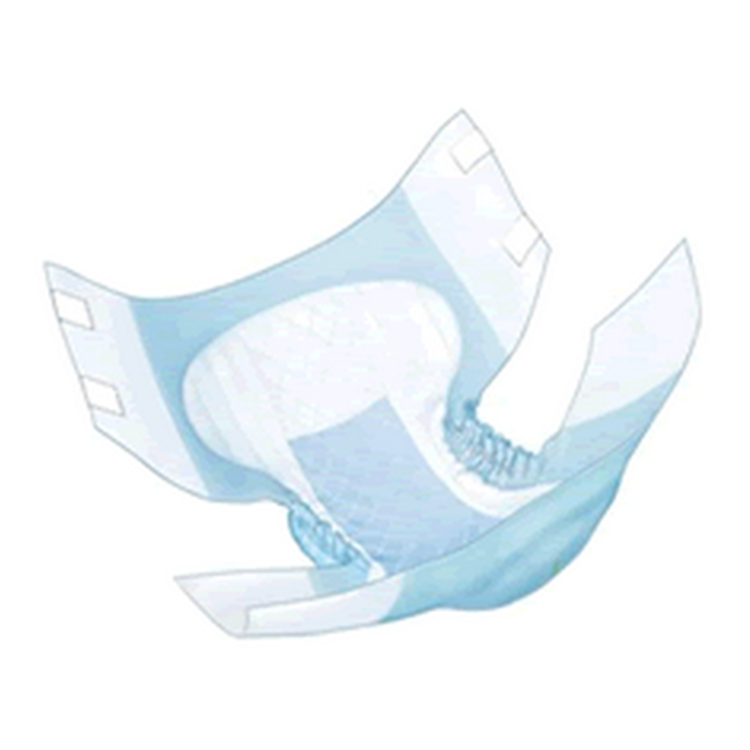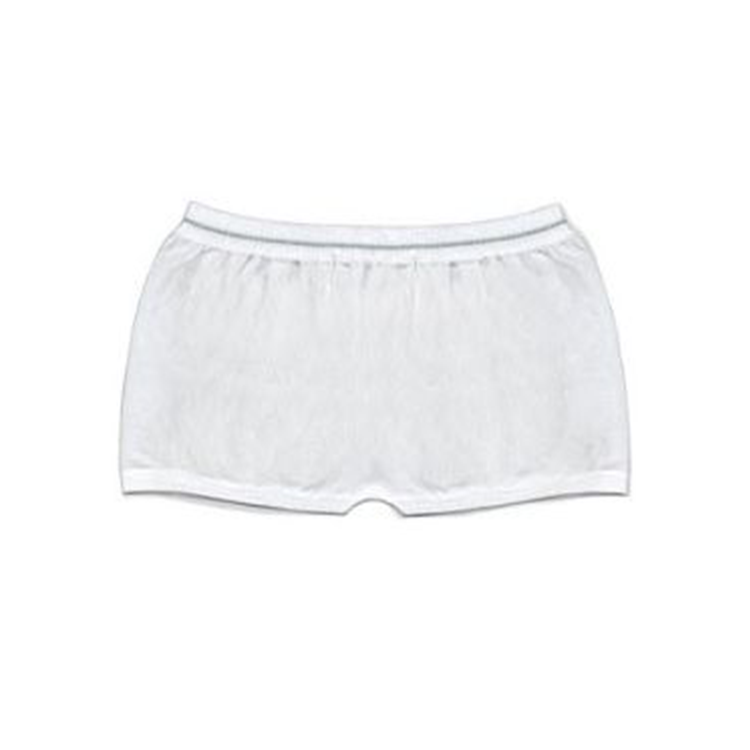Types of Bandages
Learn about the different types of bandages available, such as adhesive, compression, elastic, cohesive, and more. Each type of bandage has unique features and is designed to be used for specific injuries or wounds.
Proper Bandage Application
Knowing how to properly apply a bandage is essential for effective wound care. This topic covers the steps to take when applying a bandage, including cleaning and disinfecting the wound, choosing the right size and type of bandage, and securing the bandage in place.
Bandage Care and Maintenance
After a bandage has been applied, it's important to care for and maintain it to ensure that the wound stays clean and protected. This topic covers how to change bandages, how often to change them, and how to monitor the wound for signs of infection.
Choosing the Right Bandage for Your Needs
With so many different types of bandages available, it can be overwhelming to choose the right one for your needs. This topic covers how to select the appropriate bandage based on the type and location of the wound, as well as other factors such as skin sensitivity and allergies.
Frequently Asked Questions (FAQs)
What are the different types of bandages?
There are many types of bandages, including adhesive, compression, elastic, cohesive, gauze, and more. Each type of bandage has unique features and is designed to be used for specific injuries or wounds.
How often should I change my bandage?
The frequency of bandage changes depends on the type and location of the wound, as well as other factors such as the amount of drainage. In general, it's recommended to change bandages at least once a day or whenever they become wet or soiled.
Can I reuse a bandage?
It's not recommended to reuse a bandage once it has been applied to a wound, as it can increase the risk of infection. Disposable bandages should be discarded after use, while reusable bandages should be washed and sterilized before being used again.
How do I know if a bandage is too tight?
A bandage that is too tight can cause discomfort, restrict blood flow, and impede healing. Signs that a bandage may be too tight include numbness, tingling, swelling, or discoloration in the affected area. If you experience any of these symptoms, it's important to loosen or remove the bandage and seek medical attention if necessary.

